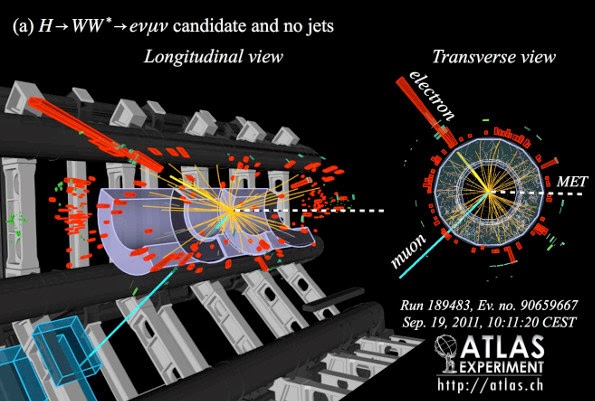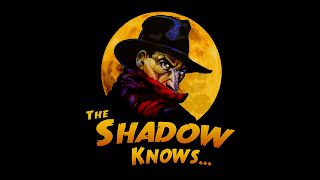 |
| In case you're wondering, Pepper's on the left; Jibo on the right |
While we slept, Rosie came into being.
I read the article about JIBO in an issue of Popular Mechanics on the way back to New York from Austin, Texas. An excerpt:
Breazeal stands a few feet from Jibo and says, in a voice only slightly different from the one she uses to talk to humans, "Wake up, Jibo."
Nothing.
Breazeal looks at the man.
"Wait," he says, adjusting, fiddling. "Hold on. Okay. Go ahead."
Again Breazeal looks at her robot and says with purpose and hope, "Wake up, Jibo."
The robot's round head twists on its base, a remarkably human wiggle. A white circle appears on its round screen, like an eye opening. In a voice like an animated movie character—cute, cheerful, but not treacly or grating—Jibo responds, "Hello, Cynthia!"
Pepper is our first C-3PO (fluent in 17 languages); associating JIBO naturally as R2-D2's progenitor. Pepper uniquely will be the first robot that can "read" our emotions and tailor it's conversation to you.
JIBO is apparently not an acronym, and looking up the definition online can vary from the profound to the profane. All of this, JIBO and Pepper will come with a price: that is the price of accepting something "new"; strange, different, without immediately fearing it for the sake of its uniqueness. It is that fear of technology that keeps us backwards, tribal and far behind than we ought to be. These are the things that occur while we sleep.
For a friend who has an acute interest in robotics: Parama Roy. Remember her name.
Beta Boston:
Robot startup Jibo unveils a multi-purpose 'social-bot' for the home
Scott Kirsner
IndieGoGo: JIBO, Worlds First Family Robot. 4,800 Pre-Sold!
(and, $2,287,609 raised in a $100,000 initial crowd-funding goal)
That's Really Possible:
Presenting our first real R2-D2 and C-3PO: JIBO and Pepper!
Glyn Taylor









